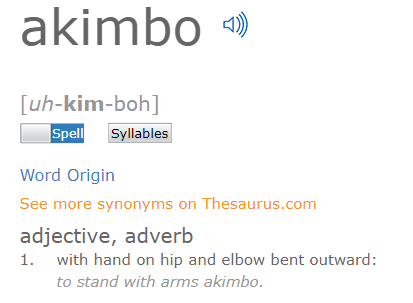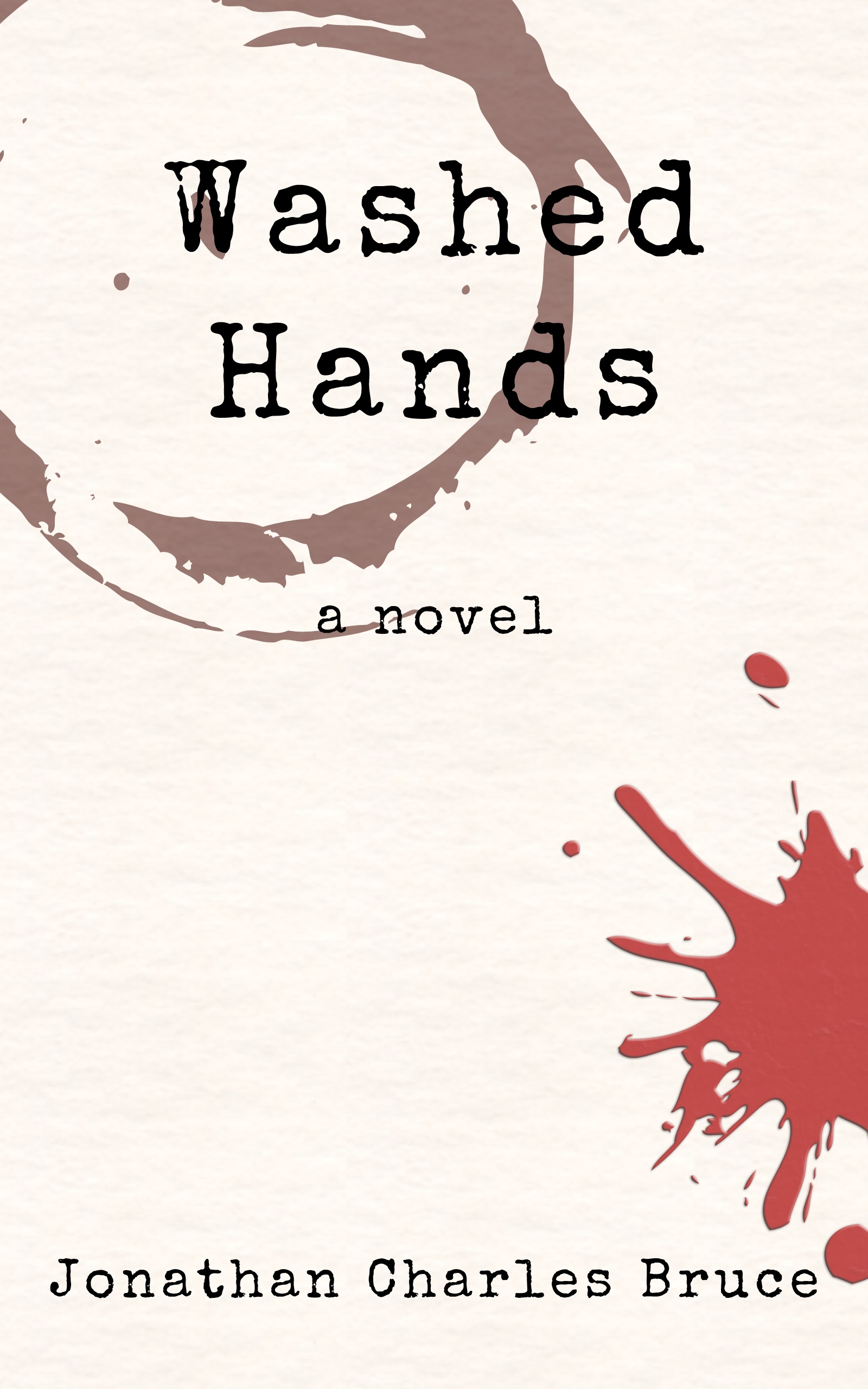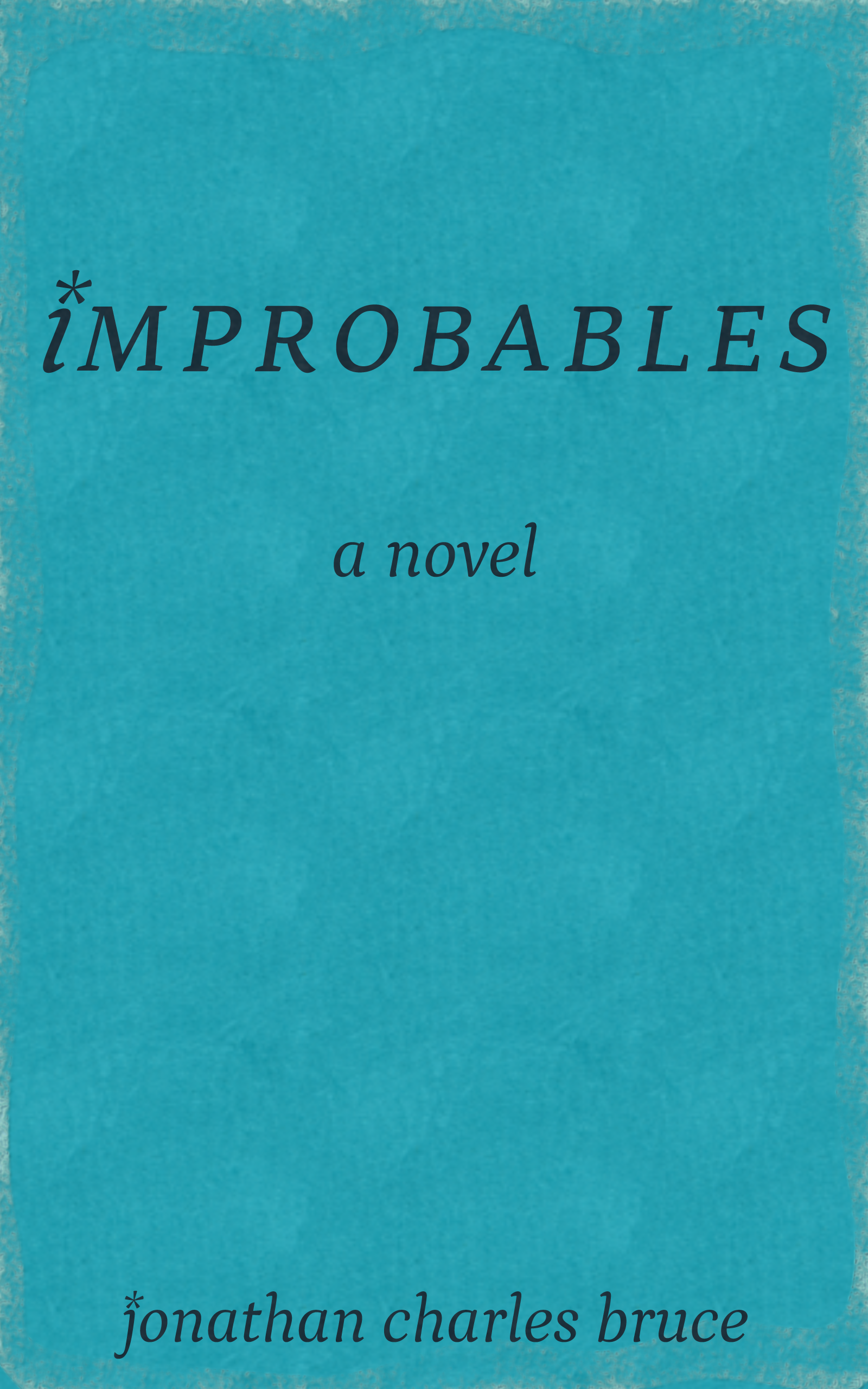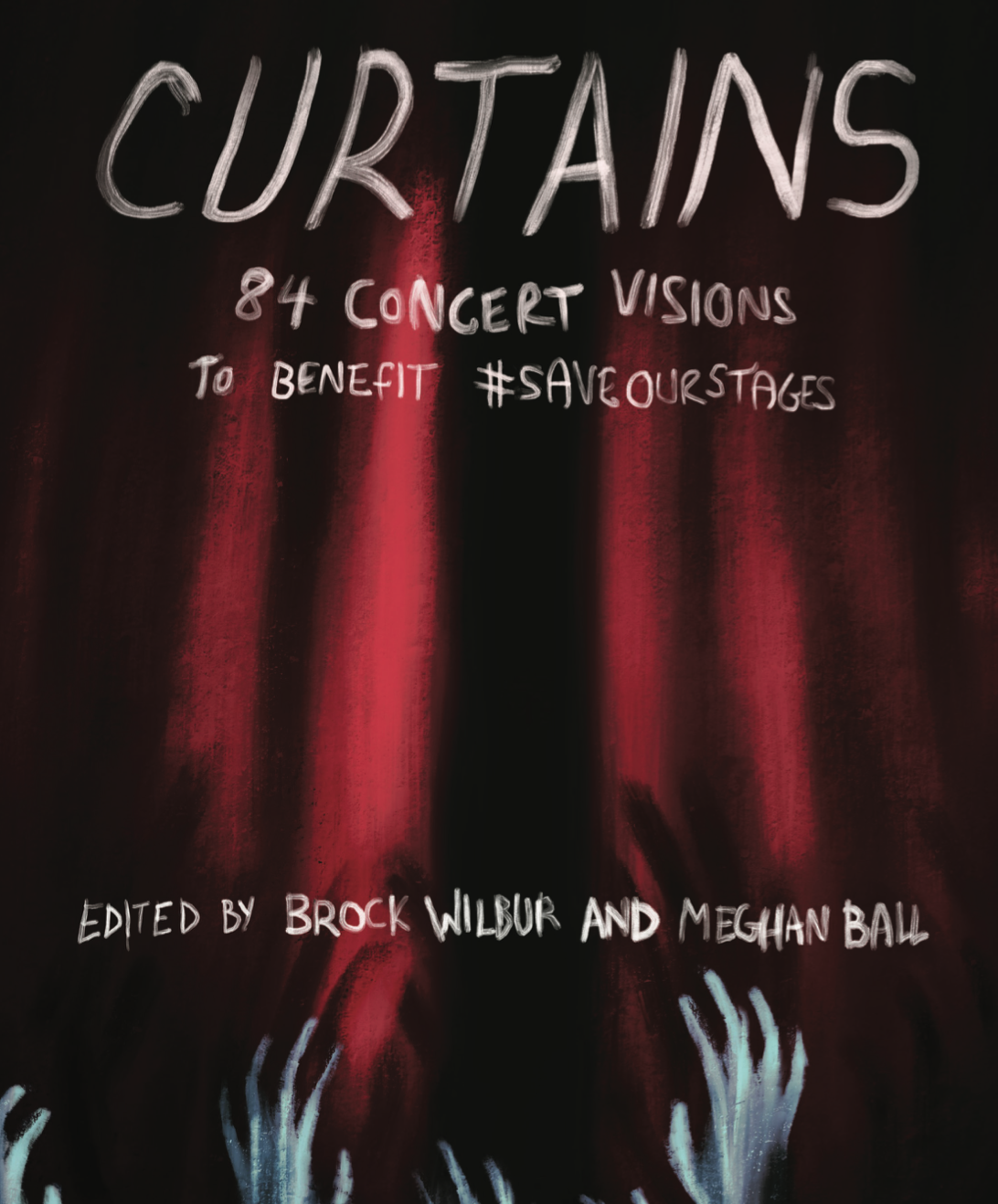Otherworld: Infinite Requiem
Characters
Hello, friends! Since my entire world is now either teaching or working on my board game, I am going to subject you to some of the ideas I’m toying with moving forward. Today I’d like to talk about Otherworld: Infinite Requiem’s characters and how they translate into gameplay mechanics for the board game adaptation.
The Concept
Inspired by the likes of Last Night on Earth, one of the major intents for the cast of Otherworld was to have each one be suited to a different playstyle. Basically, each of the player characters (PCs) would have a specific role for the individual controlling them, making certain match ups more effective than others. Since teamwork is a critical part of how the game is played, knowing your character’s strengths and weaknesses is crucial to survival.
Unlike the aforementioned LNoE, though, the characters in Otherworld aren’t really meant to be B-movie archetypes. Since Infinite Requiem was a play first, each of the potential PCs already had an established personality and dramatic arc. The actual plots of the characters could be resolved through the use of the (hopefully) unique objective system, which provides players with challenges and enemies that help drive forward a narrative.
But that is just one way that the PCs show their differences. The most direct way to impact gameplay is to modify traits both positively and negatively in a way that reflects a desired story arc. Rather than have these aspects remain static throughout the game, though, another gameplay element allows for the further refinement of who these individuals are as people: the corruption mechanic.
As characters gain corruption, they will get additional penalties (or in some cases, bonuses-with-a-catch) that permanently alter how they interact with other PCs and the environment. Each quirk is meant to alter the core gameplay experience for that particular gaming session; adept players can use these traits to their advantage or simply mitigate the damage they cause. How corruption impacts a particular character is directly related to the underlying narrative idea behind their design.
But all of this is simply words! What about an example, hm?
The Tank
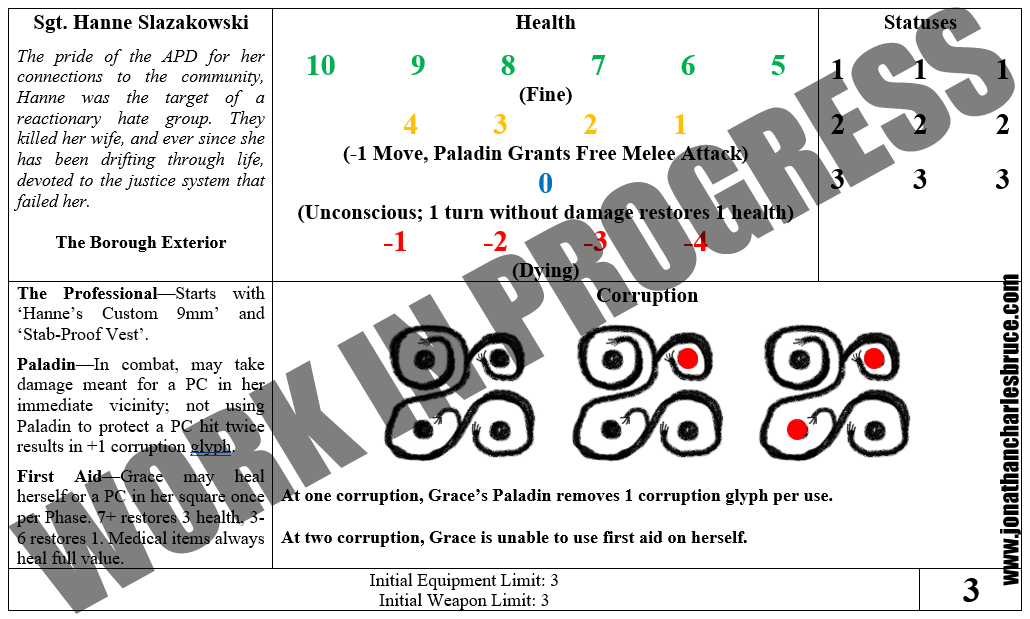
Yes, the swirly things aren't very nice looking. I'm a writer, not a good art man.
Sergeant Hanne Slazakowski (originally named Grace) is the game’s tank. That is to say, she is designed to take a lot of damage and dish it out. She has the highest health of any PC and starts with an item that will reduce damage inflicted on her. This is coupled with the fact that she has a sizable equipment pool, meaning she can not just carry more stuff but have access to more tools to escape a given situation. Hanne can also heal other players and herself to a limited extent, though the biggest perk is being able to automatically maximize the use of medical items.
Her truly unique skill is ‘Paladin’, a maneuver which will allow her to take damage in place of another character. Think of it as an on-demand, heroic, jump-in-front-of-a-monster dive. Since non-player controlled enemies will always attack those with the lowest health, Hanne can be a one-woman rescue squad, which is totally a real thing and not something I made up.
Hanne’s narrative arc in the original play was in many ways struggling with the guilt about not being able to save her wife from an attack that was meant to target her. In terms of how this manifests in the game’s mechanics, guilt and how it eats away at someone was the focal point to how the Otherworld would impact her with its corruption. When she suffers from corruption damage (the goofy swirly-handsy things) initially, her Paladin ability can be used to keep further corruption in check, but at the cost of physical health.
Upon further corruption damage, Hanne becomes unable to use her first aid skill on herself. This, coupled with the rework of ‘Paladin’, creates a scenario whereby (in theory, at least), the gameplay mechanics reinforce that feeling of guilt and punishment. By the time she can no longer heal herself, the chief function of these quirks is to reinforce a sense of guilt and self-punishment, up to the point of self-destruction.
The Archer
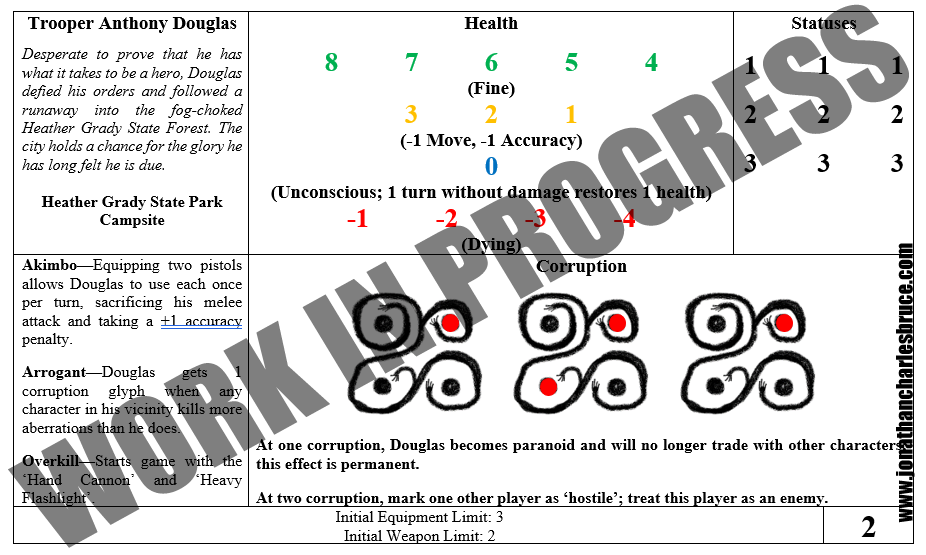
Nuh-uh, you're the one who is deeply unconfortable about sharing things!
For another examination of how I attempted to work narrative personality into a ludic element, let’s turn to the other law enforcement character, State Trooper Anthony Douglas. In the original play, Douglas is a glory hound who clearly joined law enforcement as a means of getting respect… respect that his peers routinely denied to him. As such, he is desperate for approval in a way that is simultaneously a little sad and a lot dangerous. He is the team’s reliable distance hitter, although he has enough health to make a reasonable melee combatant.
Douglas starts the game with a firearm that hits harder than anyone else’s, although in keeping with his all-sizzle-no-steak personality it has a higher chance of missing. His major positive trait is ‘Akimbo’, which doesn’t mean this…
Thanks, dictionary.com!
… but refers to the fact that he is the only character than can dual-wield pistols, giving him two firearm attacks where as others will only ever get one. The majority of combat in the game works by setting up monsters for a coup de grace—any attack can miss, stun the monster for a follow-up killing blow, or have the potential to end the fight decisively depending on the die roll. While melee weapons can more reliably straight-up eliminate the smaller beasties, they make you vulnerable to attack. Firearms have a tougher time killing what they hit, but the reliable stuns at a distance create some safety.
Basically, Douglas can set up more creatures to be killed on subsequent players’ turns without worrying about retaliation.
The downside to that, of course, is Douglas’s negative trait—‘Arrogant’. Players who kill more enemies than Douglas within two squares will cause him to become more corrupt. Douglas can be a team player and rely on lucky item pulls to keep corruption in check or he can try to hog kills, reducing the kinds of assistance he can provide. Similarly, other players may end up taking risky actions to avoid a Douglas player teetering on the edge of corruption.
Speaking of that, Douglas’s corruption damage turns outward rather than inward. ‘Paranoia’ is a status effect that can impact any player as a result of an event or monster attack. In keeping with his personality, this particular source of paranoia will prevent Douglas from being able to fully cooperate with other players for the rest of the game, limiting item transfers and scoring opportunities. There are ways around this, of course, but it is that second corruption glyph that makes Douglas truly dangerous. A Douglas player has the potential to target and attack another player before he becomes fully corrupt, which itself could be a situation ripe for exploitation depending on the scruples of the individual player.
Douglas, too, is far more vulnerable to corruption damage than Grace. Considering his personality and need for approval, the whispers of the Otherworld have an easier time worming their way into his mind and taking hold. This means that the Douglas player must be cautious when dealing with certain events or creatures. Due to the nature of events, this also means that other players have to be careful when deciding who is impacted by what… after all, Douglas is a bomb just waiting for a spark.
And that’s it for today! I hope you enjoyed this rundown, and make sure to check out the original pitch right over here. Have a question or want to know more about a particular thing? Let me know and I may dedicate my next post to that!
< PREVIOUS ENTRY • NEXT ENTRY >
Advice • Fiction • Gaming • General Musings • Reviews

